India rethinks energy strategy amid US sanctions on Russia
- Update Time : Monday, January 20, 2025
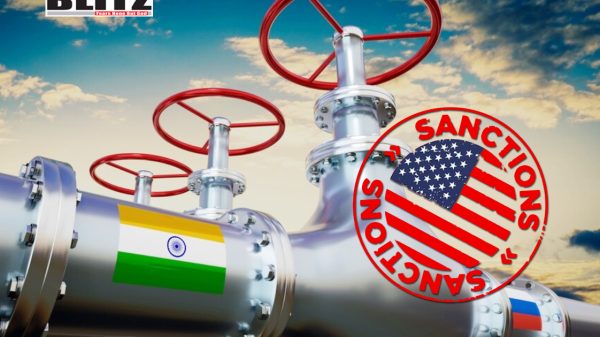
“When the well’s dry, we know the worth of water,” Benjamin Franklin once observed. In the 21st century, the essence of this proverb finds a modern parallel in the geopolitics of energy. For a nation like India, heavily reliant on imported crude oil, the latest Western sanctions targeting Russian energy exports have sparked a strategic recalibration. These measures, while primarily aimed at weakening Russia’s revenue streams, have reverberated across the global oil market, leaving energy-importing countries like India to grapple with a maze of logistical, economic, and political challenges.
The US and its allies have progressively tightened sanctions on Russia since 2022 in response to the Ukraine conflict. The latest wave of measures targets not just Russian oil sales but also the logistical ecosystem, including tankers, insurance services, and trading entities linked to Russia’s energy sector. Designed to cripple Moscow’s economy, these sanctions have also disrupted global oil flows, creating volatility in markets and compelling countries like India to reevaluate their energy strategies.
In January 2024, Brent crude prices surged to $81.01 per barrel, while WTI crude hit $78.82. These price hikes reflect the tightening global supplies and heightened uncertainty triggered by the sanctions. With 40 percent of its crude imports in 2024 sourced from Russia, India has found itself navigating uncharted waters, balancing its energy needs with geopolitical realities.
The latest sanctions present a significant logistical hurdle for countries relying on Russian crude. Restrictions on tanker capacity, insurance services, and financial transactions have raised costs and threatened supply chains. To mitigate the immediate impact, Indian refiners have begun restructuring their operations, avoiding blacklisted entities and accelerating payments for Russian oil. State refiners are working to complete transactions before Washington’s expanded restrictions take full effect after a two-month wind-down period ending in March 2024.
During this grace period, shipments already underway are expected to proceed with minimal disruption. However, the long-term implications remain uncertain, particularly concerning compliance with the $60 price cap imposed on Russian crude. Indian officials have noted that while these measures provide temporary relief, they leave critical questions about cost, supply stability, and strategic alignment unanswered.
India’s response to the sanctions underscores its adaptability and strategic foresight. Recognizing the risks of overdependence on Russian crude, India has ramped up imports from Middle Eastern suppliers, particularly Iraq and Saudi Arabia. This diversification strategy aims to ensure energy security while reducing exposure to the volatility associated with Russian supplies.
Before the Ukraine war and subsequent sanctions, Russia emerged as one of India’s most reliable oil suppliers, offering heavily discounted crude that shielded the Indian economy from soaring global prices. A cornerstone of this relationship was the 10-year agreement between Reliance Industries and Russia’s Rosneft, which secured long-term supplies and reinforced India’s energy security. However, the discounted oil came with geopolitical risks, forcing India to strike a careful balance between affordability and its broader strategic interests.
The pivot to Middle Eastern crude reflects India’s resilience but also raises questions about long-term sustainability. Middle Eastern oil, while more readily available, is priced higher than Russian supplies, adding cost pressures to an economy already grappling with inflation and a depreciating rupee.
The sanctions have also intensified energy competition between India and China, the world’s two largest oil importers. Both nations have turned to alternative sources of crude, with Russia redirecting significant volumes to these Asian markets. According to Morgan Stanley, Russia’s redirected oil exports to India and China totaled approximately 140 billion tonne-miles monthly, with 25–30 billion tonne-miles carried by now-sanctioned tankers.
This redirection underscores the logistical complexities and geopolitical stakes involved. As India and China compete for limited supplies, the strain on global supply chains is likely to increase, amplifying market volatility and driving up costs.
India’s evolving energy strategy highlights the geopolitical nature of global oil markets. The country’s dependence on imports for 85 percent of its crude needs makes energy security a cornerstone of its economic and foreign policy. The sanctions on Russia have underscored the need for diversification and strategic maneuvering to mitigate risks.
India’s approach also reflects a pragmatic balancing act. While it remains committed to securing affordable energy, it cannot afford to alienate key partners in the West. The decision to comply with US sanctions, even at the cost of higher logistical expenses and reduced discounts on Russian oil, underscores this delicate balancing act.
India’s increased reliance on Middle Eastern crude is not without its challenges. Historically, the region has been a volatile supplier due to geopolitical tensions, including conflicts in Iraq, Yemen, and the Persian Gulf. These risks could complicate India’s efforts to secure stable supplies.
To address these concerns, India has sought to strengthen its relationships with key Middle Eastern suppliers. Recent diplomatic engagements with Iraq and Saudi Arabia aim to secure long-term agreements and explore joint ventures in the energy sector. These initiatives reflect India’s broader strategy to enhance its energy resilience.
The sanctions on Russia have served as a wake-up call for energy-importing nations like India. They highlight the fragility of global supply chains and the importance of diversification in ensuring energy security. For India, this has meant not only adjusting its sourcing strategies but also investing in renewable energy and domestic production to reduce dependence on imports.
In the long term, India’s energy strategy must align with its broader economic and geopolitical goals. This includes fostering regional partnerships, leveraging its position as a major market, and navigating the complexities of US-China-Russia dynamics.
The latest sanctions on Russia have compelled India to redraw its energy playbook, navigating a challenging landscape of rising costs, logistical hurdles, and geopolitical risks. While the country has demonstrated resilience and adaptability, the road ahead remains fraught with uncertainties.
As India seeks to balance affordability, security, and strategic interests, its evolving energy strategy will serve as a crucial test of its ability to navigate an increasingly unpredictable global environment. The lessons learned from this crisis could shape not only India’s energy policies but also its broader approach to economic resilience and geopolitical engagement.
In the words of Benjamin Franklin, knowing the worth of water-or, in this case, energy-becomes vital in times of scarcity. For India, the current moment represents an opportunity to strengthen its foundations and emerge as a more resilient player on the global stage.



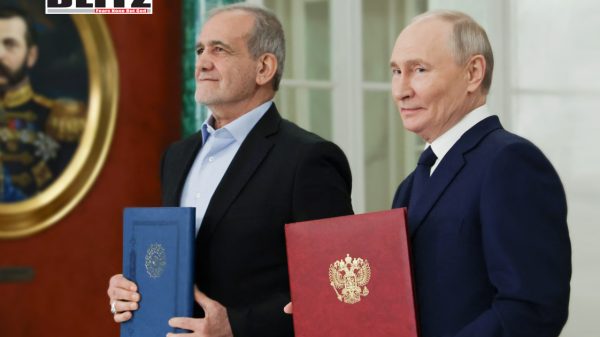


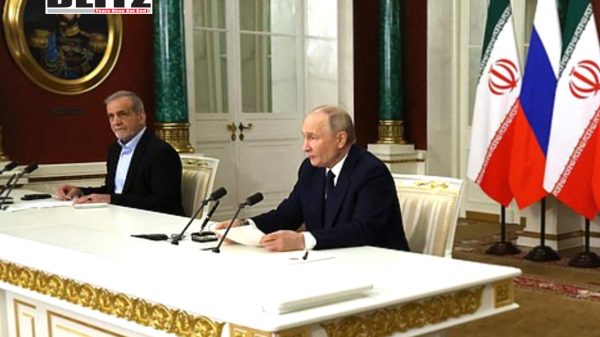
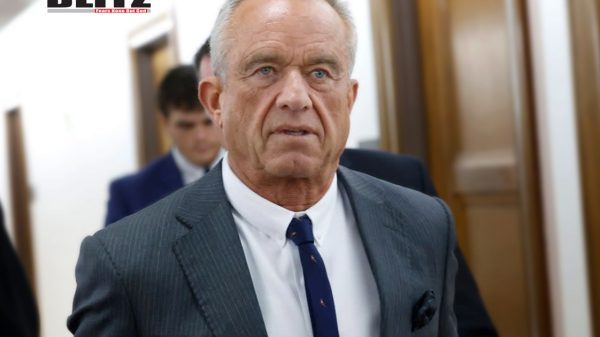
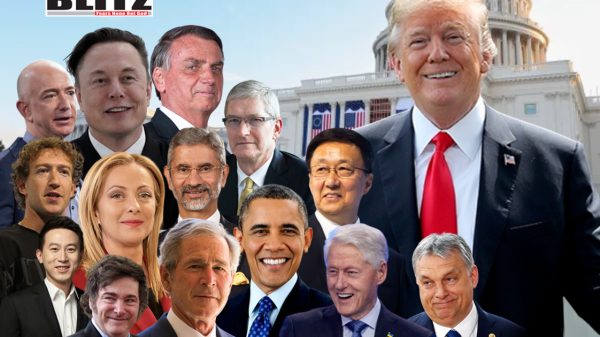
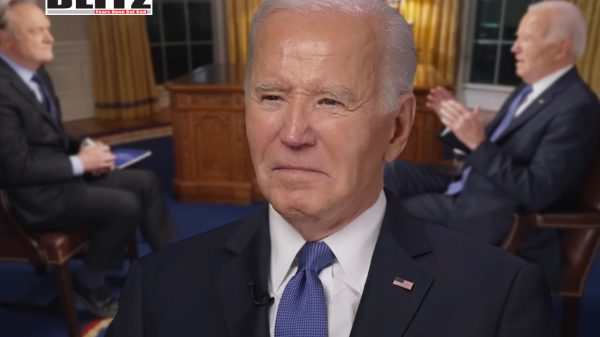
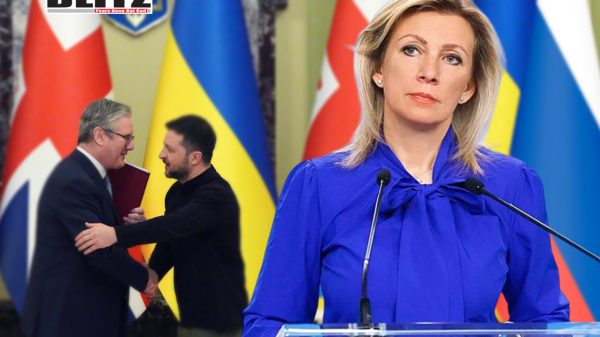

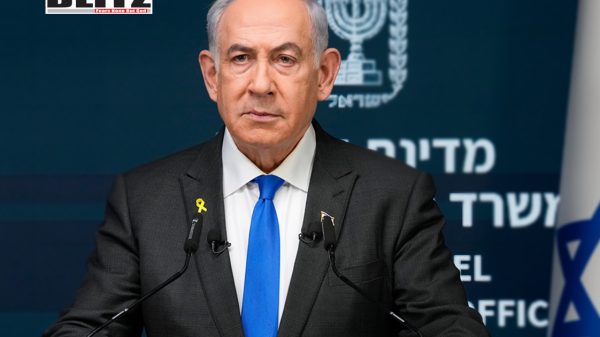
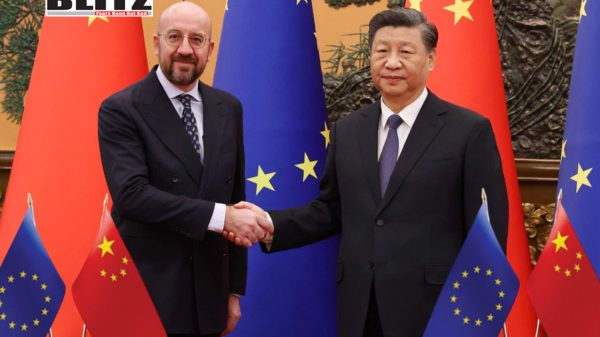

Leave a Reply